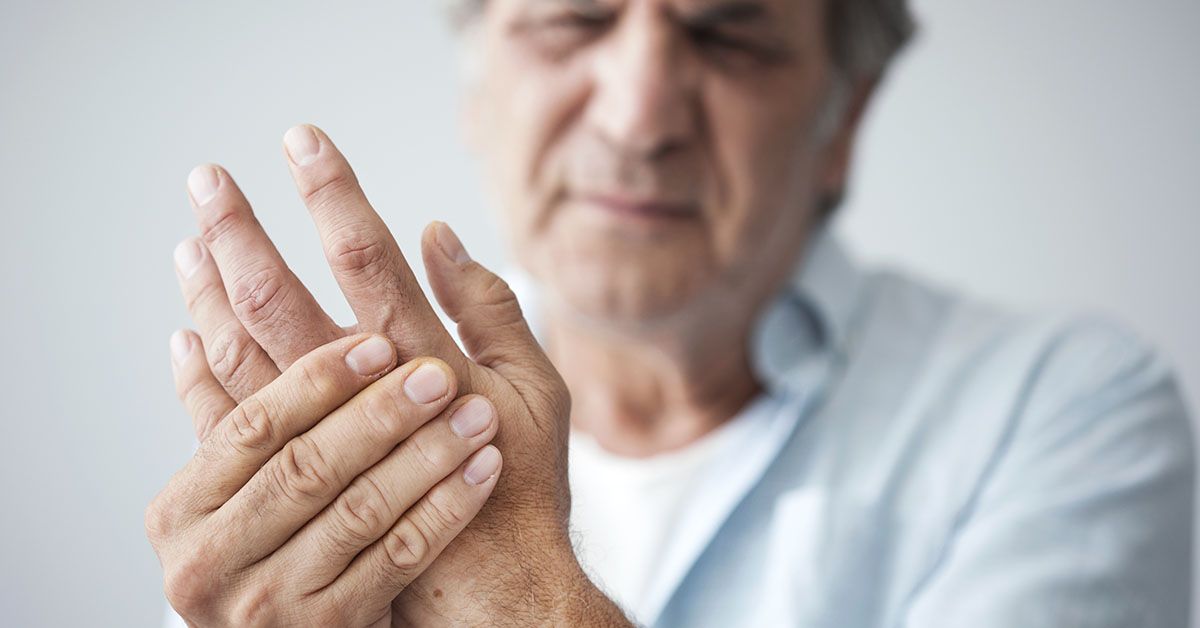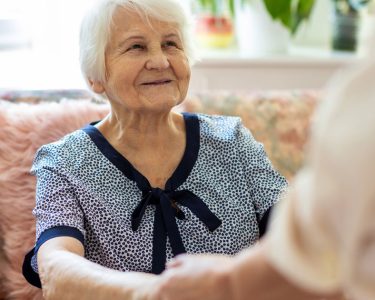Arthritis is one of the most common health challenges faced by older adults. It affects millions of seniors worldwide and can lead to joint pain, stiffness, and reduced mobility. While arthritis cannot always be cured, it can be managed effectively through a combination of medical care, healthy habits, and lifestyle adjustments.
This guide explores practical and accessible treatment options for seniors living with arthritis — from medications and gentle exercises to home remedies and professional support.
Arthritis in Seniors
Arthritis refers to inflammation of one or more joints, leading to pain, swelling, and limited movement. There are more than 100 types of arthritis, but the most common forms among seniors are:
- Osteoarthritis (OA): Caused by wear and tear of joint cartilage over time.
- Rheumatoid Arthritis (RA): An autoimmune condition where the body’s immune system attacks the joints.
- Gout: Triggered by a buildup of uric acid crystals in the joints, often affecting the big toe.
Each type requires a different approach to management, but the overall goal is the same — to reduce pain, maintain mobility, and enhance quality of life.
Medical Treatment Options
When managing arthritis, it’s important for seniors to work closely with healthcare professionals to find safe and effective treatments. Common medical approaches include:
Over-the-Counter (OTC) Medications
Many seniors find relief using OTC pain relievers such as acetaminophen or nonsteroidal anti-inflammatory drugs (NSAIDs) like ibuprofen. These medications help reduce joint pain and swelling, but should only be taken under medical supervision, especially for those with heart, kidney, or stomach conditions.
Prescription Treatments
For moderate to severe arthritis, doctors may prescribe stronger medications such as corticosteroids, disease-modifying antirheumatic drugs (DMARDs), or biologic therapies. These treatments are designed to slow joint damage and improve long-term mobility.
Topical Creams and Gels
Topical NSAIDs, lidocaine creams, and capsaicin gels can be applied directly to painful joints to reduce localized discomfort. These options are often preferred by seniors who want to avoid taking multiple oral medications.
Joint Injections
Some seniors benefit from corticosteroid or hyaluronic acid injections that target specific joints. These treatments can provide temporary relief and help delay the need for surgery.
Note: Always consult a healthcare professional before starting or changing any treatment. Each person’s condition, medication tolerance, and medical history are unique.
Lifestyle and Self-Care Strategies
Medication is only one part of arthritis management. For many seniors, daily habits and gentle lifestyle changes can significantly reduce pain and improve joint flexibility.
Regular Low-Impact Exercise
Exercise keeps joints flexible and strengthens the muscles around them. Seniors can benefit from:
- Walking or swimming for gentle joint movement
- Tai chi or yoga to improve balance and flexibility
- Stretching routines to reduce stiffness
Exercise should be adapted to each individual’s comfort level, and done under supervision when needed.
Healthy Weight Management
Extra body weight puts added stress on joints, especially the knees and hips. Maintaining a healthy weight through balanced nutrition and physical activity can reduce pain and slow arthritis progression.
Balanced Diet for Joint Health
A diet rich in anti-inflammatory foods — such as salmon, leafy greens, olive oil, and berries — can support joint function. Limiting processed foods and added sugars may also help reduce inflammation.
Heat and Cold Therapy
Simple home remedies like warm compresses, hot showers, or ice packs can help ease joint stiffness and inflammation. Many seniors use these therapies daily for pain relief.
Assistive Devices
Using canes, braces, or supportive footwear can make walking and daily activities easier. Occupational therapists can help seniors choose the right assistive tools for their specific needs.
Home and Alternative Remedies
Beyond conventional treatments, many seniors explore alternative approaches to ease arthritis discomfort:
- Massage therapy can improve blood flow and reduce stiffness.
- Acupuncture has been shown to relieve joint pain in some cases.
- Supplements such as omega-3 fatty acids, glucosamine, or turmeric may support joint health (with a doctor’s approval).
These methods may complement, not replace, medical care. The key is to find a safe balance between professional treatment and self-care routines.
Emotional and Mental Well-Being
Chronic pain can affect more than just the body — it can influence mood, energy, and overall outlook. Many seniors benefit from:
- Support groups for people living with arthritis
- Counseling or therapy to manage pain-related stress
- Mindfulness and relaxation techniques such as meditation or breathing exercises
Emotional well-being plays an important role in managing long-term conditions like arthritis.
When to Seek Professional Help
Seniors should seek medical guidance if they experience:
- Sudden increase in joint pain or swelling
- Difficulty performing daily activities
- Persistent fatigue or fever
- Side effects from medication
Early consultation with a healthcare professional can help adjust treatment plans and prevent complications.
Finding the Right Support
There are many resources available for seniors seeking arthritis support:
- Arthritis Foundation (arthritis.org) – reliable education and patient resources
- National Institute on Aging (nia.nih.gov) – research and senior health programs
- Local senior centers or physical therapy clinics – provide exercise and wellness classes
These organizations can help seniors access information, community programs, and professional care options.
Final Thoughts
Arthritis is a lifelong condition, but it doesn’t have to limit independence or enjoyment of life. With the right combination of medical care, daily movement, and healthy lifestyle choices, seniors can manage their symptoms effectively and maintain active, fulfilling lives.
Every step toward self-care — from gentle stretching to consulting with a healthcare provider — can make a meaningful difference in comfort and mobility.






